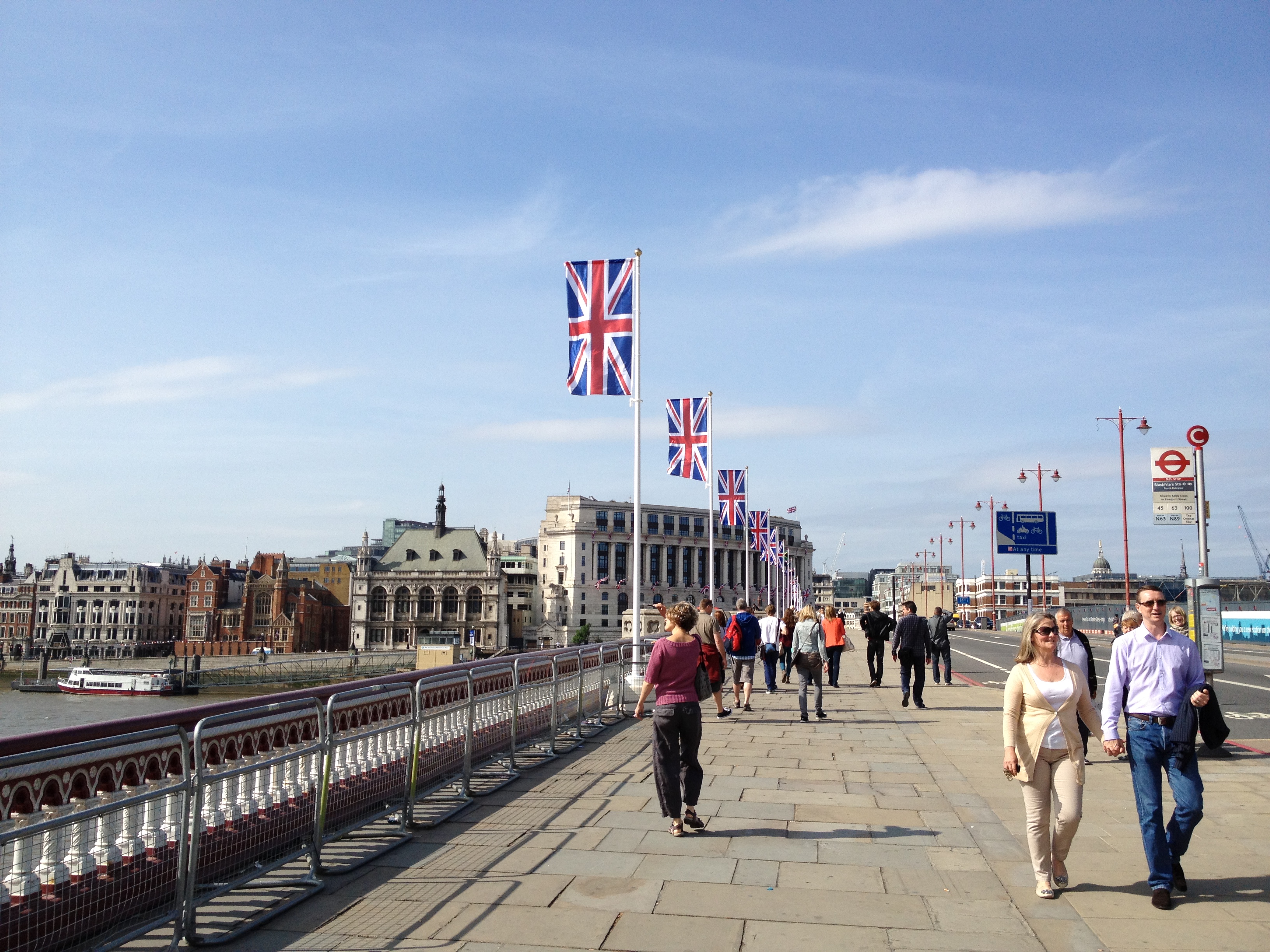By Lineaus
As I slide gaily through London’s bright and vibrant streets I am often struck by the variety of transport available, and cyclists. While I’ve nothing against cyclists they are very shiny, and largely frictionless which can be disconcerting.
But there are lots of ways to get around in this city. My personal favourite is the Tube.
The tube can be a wondrous place, where all of humanity is bundled together like toys in a toy box. Where the toys are all slightly nervous of each other. It’s a great place for smiling at girls. Girls love to be smiled at.
Also there are free newspapers and if you are feeling adventurous, free sips of coffee and discarded juice. I mean I don’t but I could. If I was hungry, you know.
Pricing varies, but the tube can be the most expensive form of transport in London, and if you have to actually do anything other than walk about and breathe, it can get pricey quickly.
Below is a tube map of places that are accessible by tube if you have less than £20 to spend a day.
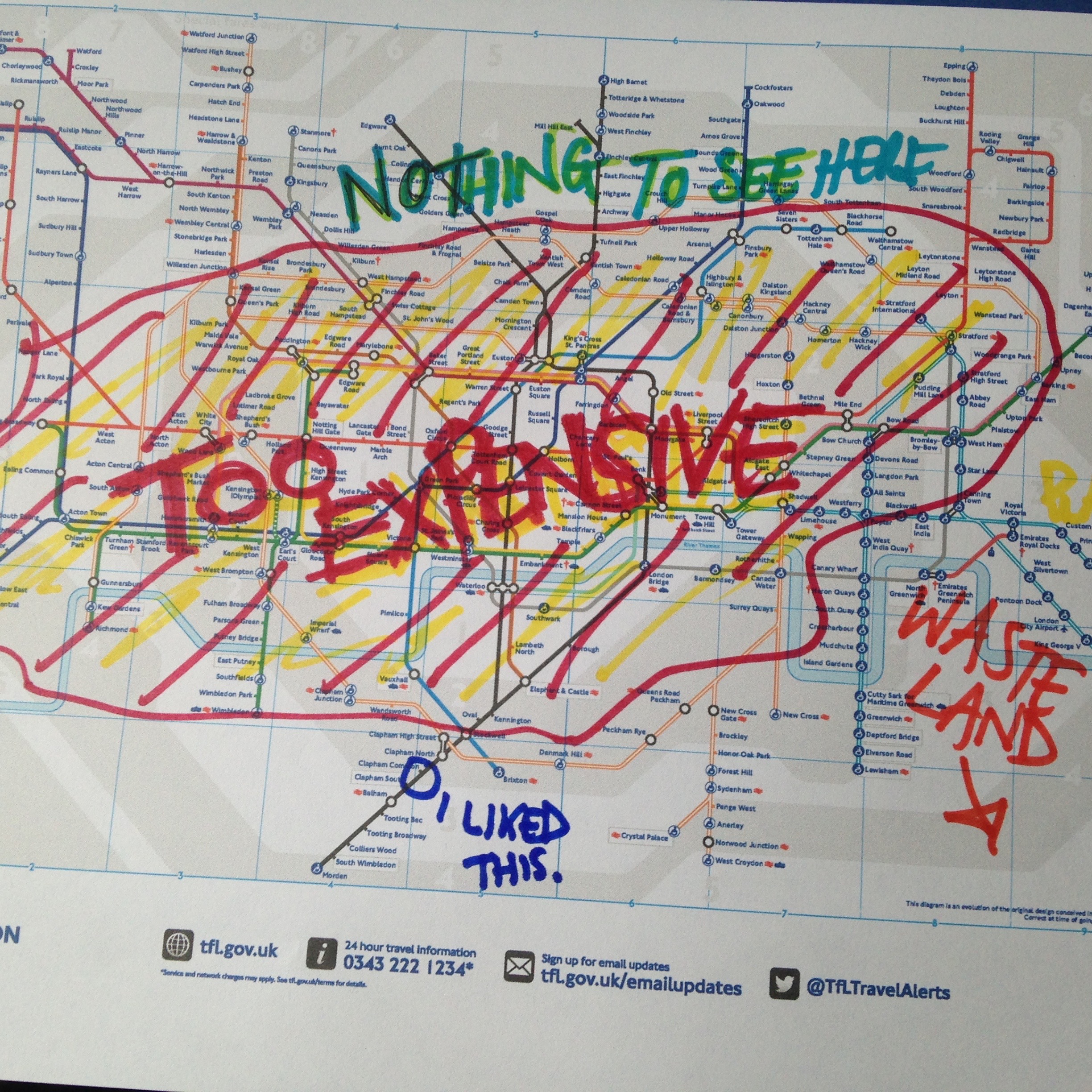
This is here is some map of the tube for under £20 a day.
Alternatively you can get a bus:
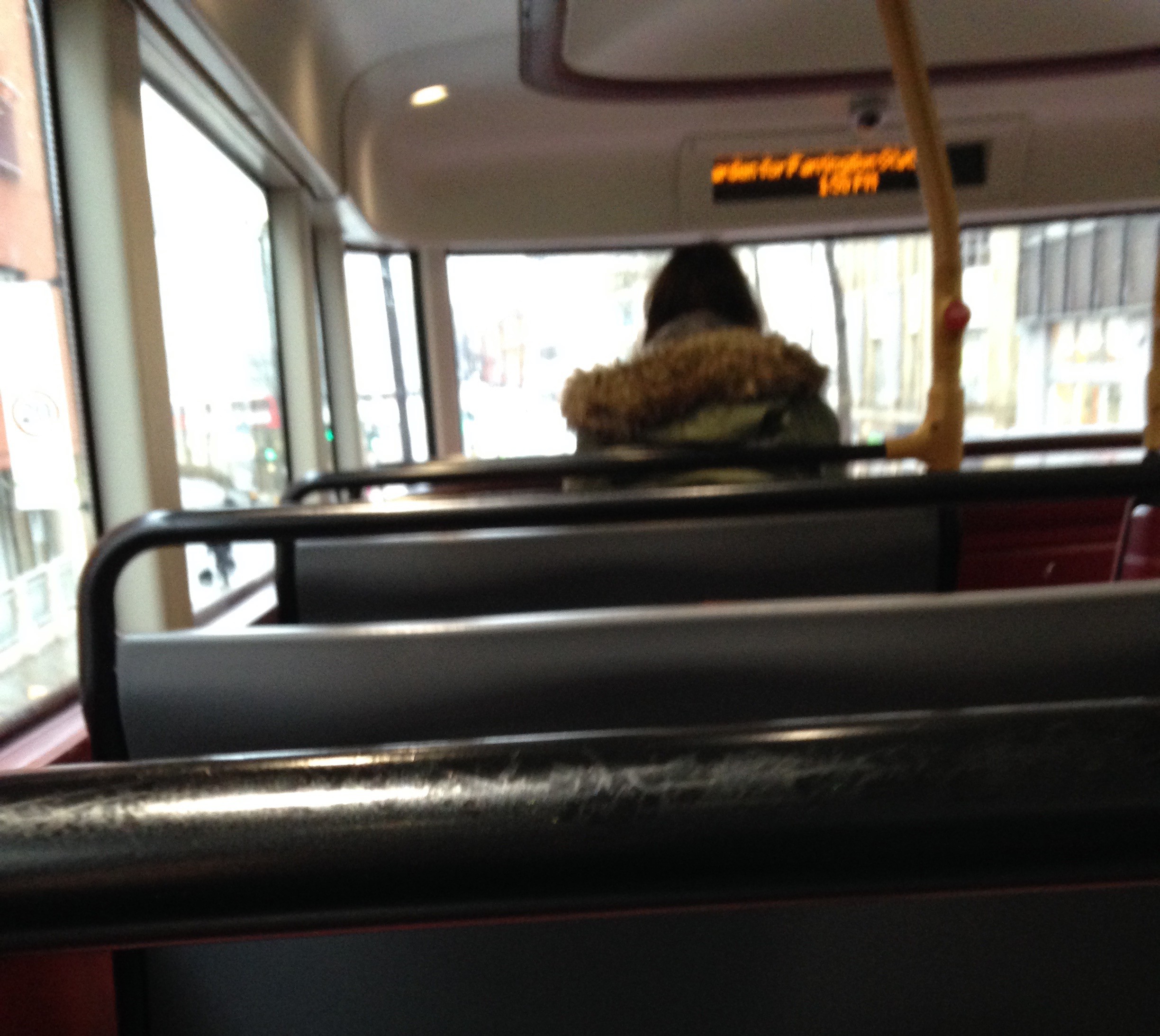
This bus is nearly empty. I would like to sing to her.
Buses are red and go everywhere, and are cheap, and are easy to get on. Here is Lineaus simple guide to getting on bussses.
- Find a bus stop and wait
- Get on the bus.
Pretty easy huh?
And girls like buses too. I always have my guitar with me so I like to play some songs to amuse fellow passengers. At the moment my favourites are
- You’re Beautiful by James Blunt
- Anything by Jack Johnson
- sometime I just find humming can be appealing.
If you are going by bus don’t stand on the upper deck or stairs. They don’t like it and the driver will throw you off.
The Docklands Light Railway is also handy for getting around out east but it is a bit like being driven by a drunk.
There are also cars but you must pay the congestion charge and have a car, both of which are pricey and not an option for the casual traveller. Also you have to have a licence apparently.
And there are also Boris bikes which are a very easy way of getting around. You will need to have a chip in your arm implanted in order to release one. There is a man at the edge of Hyde Park who will do this for you for money using an unsterilised penknife but I haven’t yet. Let me know if you have. If you are a good cyclist then maybe this is for you but please remember that the bikes willoperate two levels below your own ability.
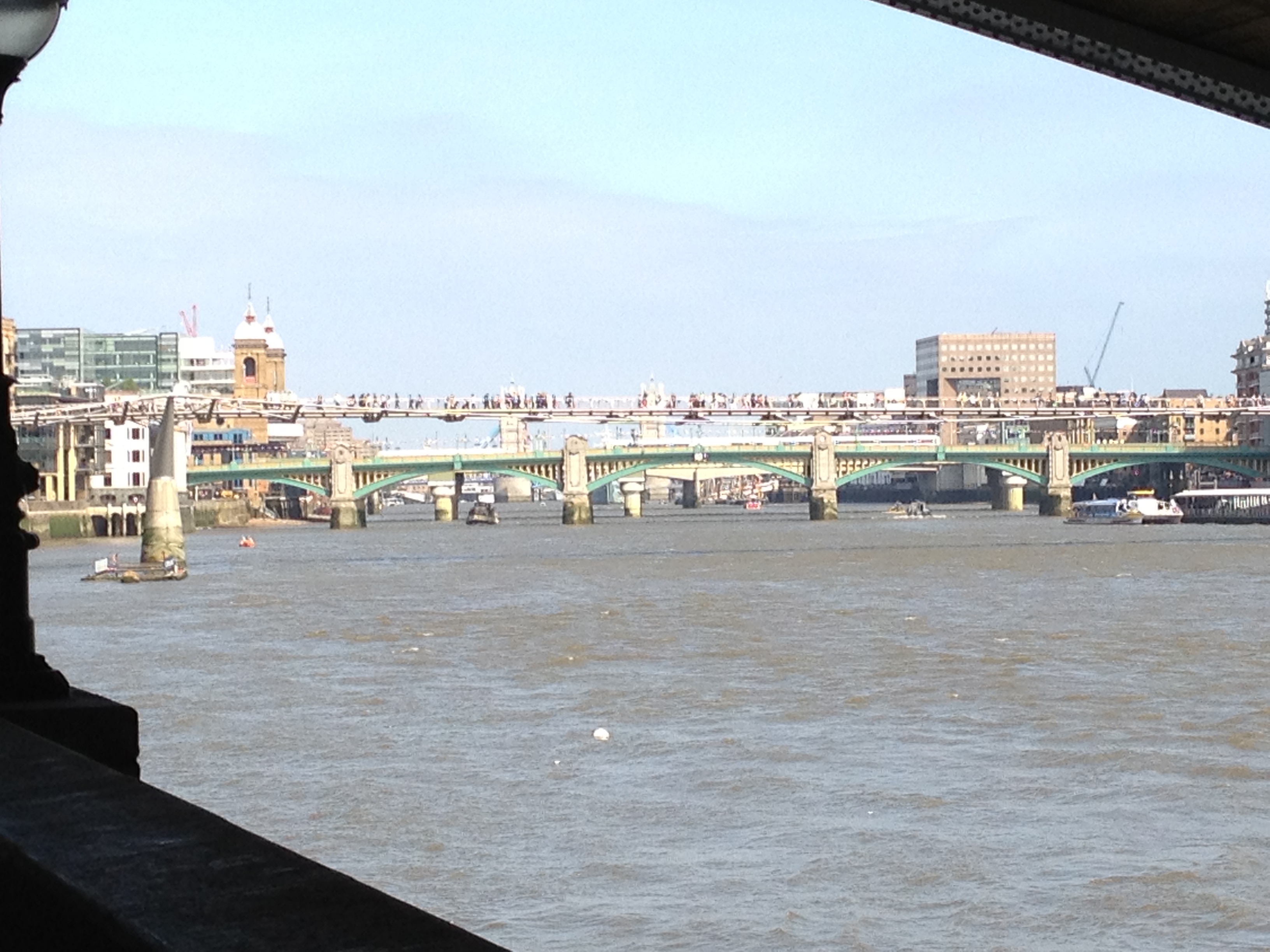
Where the boats live.
Oh and boats but I get sea-sick and there are not so many girls on the riverboats but maybe in another post I will explore this.
Finally there is the unusual option of hiring a crane to get around. I found this a very good way of transporting lots of heavy stuff, but I didn’t travel very far and it wasn’t worth the being shouted at by men in hard hats and being arrested.
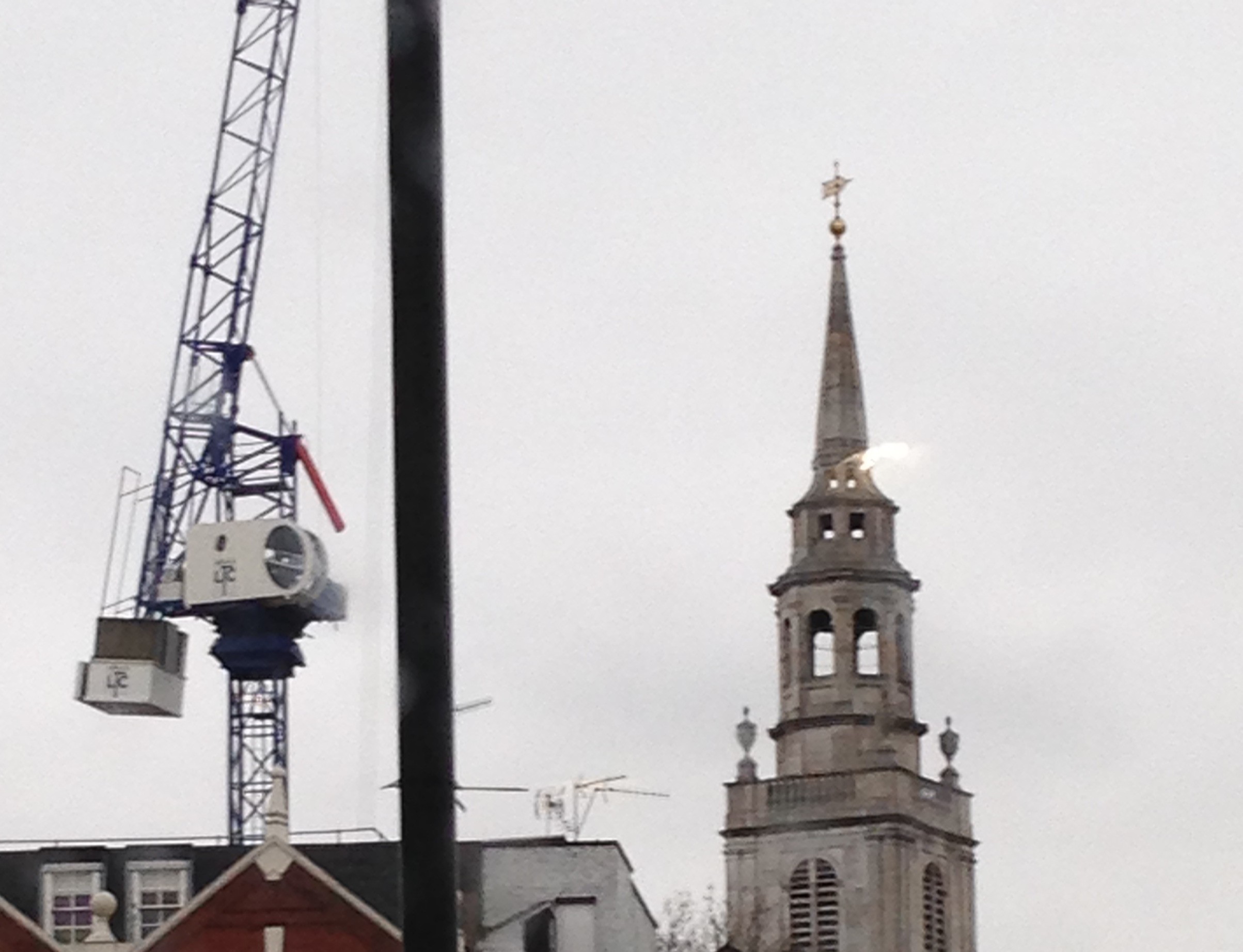
A crane. This is a last ditch travel arrangement and requires a degree of manual skill
So I hope that has been helpful and inspired you to explore this beautiful city in whatever way you would like to. Here is a picture that I took, just walking around. I hope you like it as much as I like it.
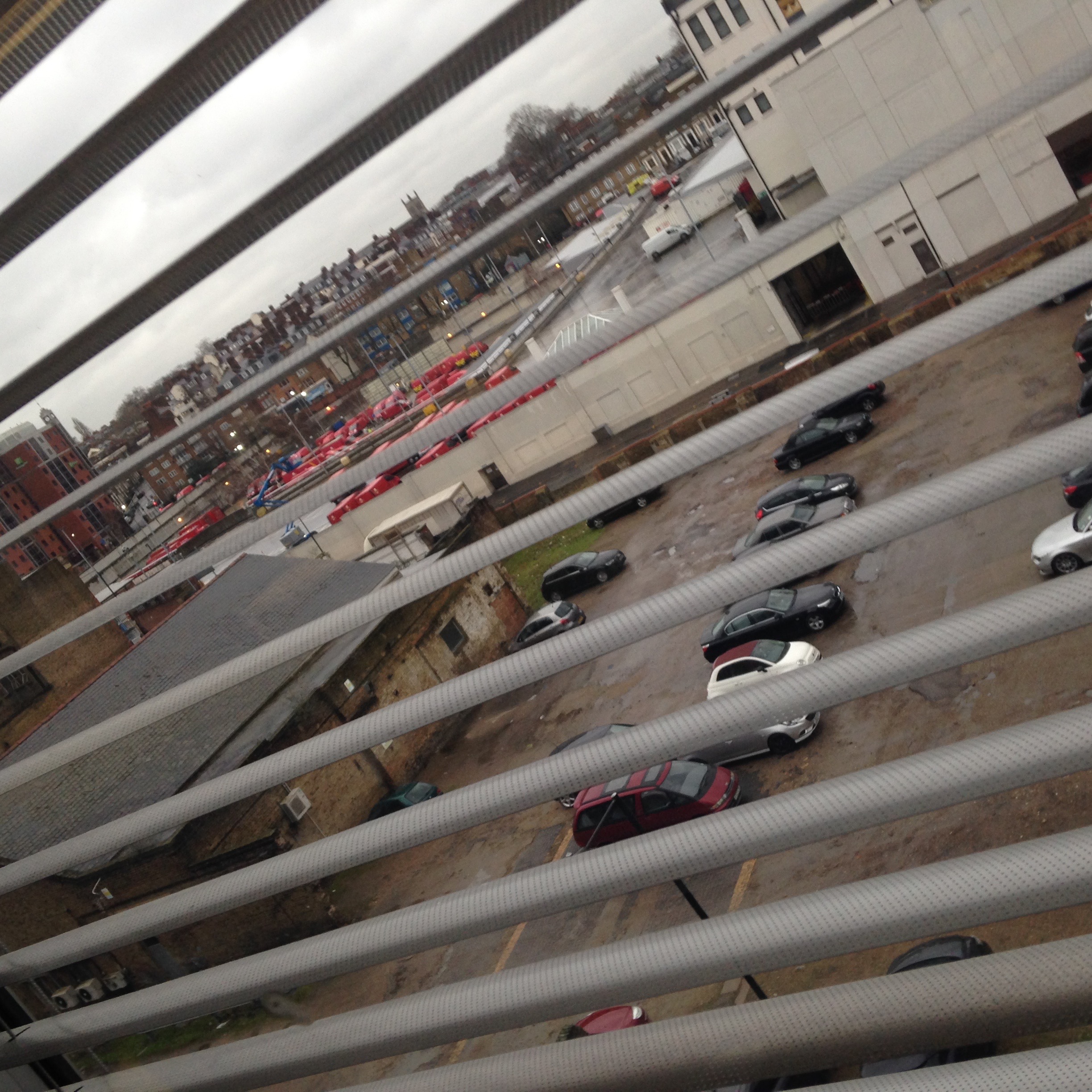
Look at all the red cars in the background!
Please let me know if there are other transports I haven’t considered. Or if you are a girl.
Happy travelling!
Lin






